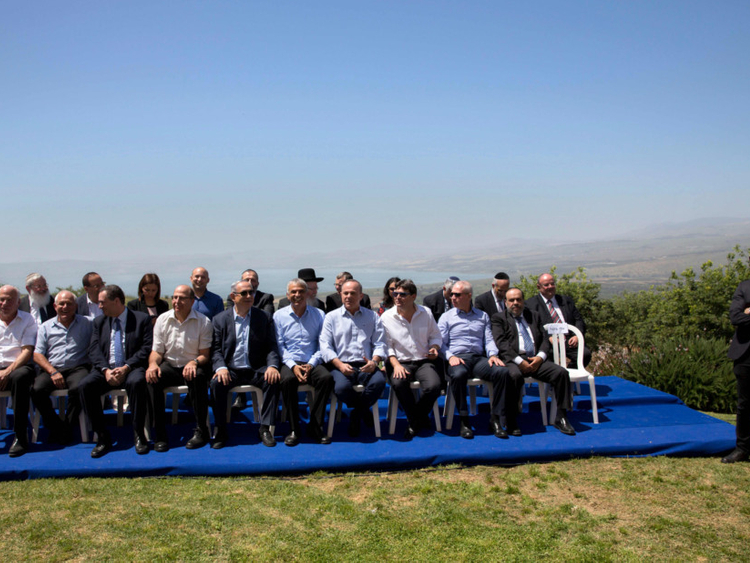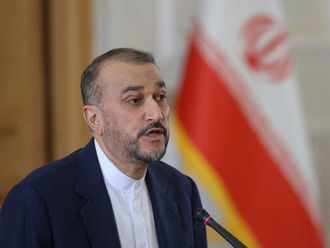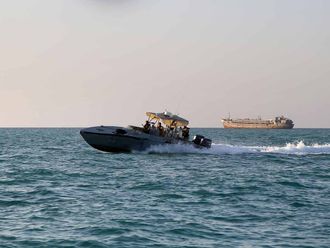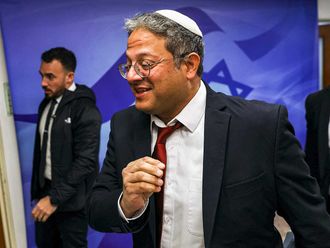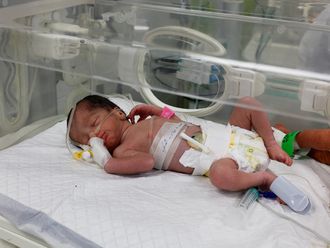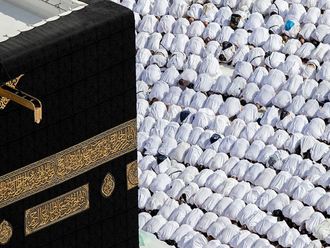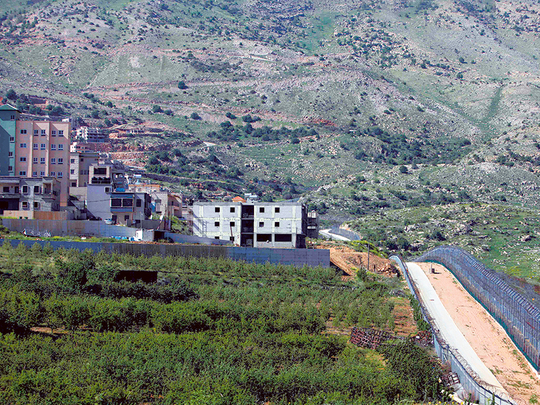
Ramallah: Internationally recognised as Syrian territory, Israel occupied and annexed the strategic plateau during the 1967 Six-Day War with Arab nations. Only two weeks after the occupation, the Israeli cabinet voted to return the Golan Heights to Syria in exchange for a peace treaty.
The Khotoum 1967 Arab Summit, however, rejected Israel’s offer.
During the war, more than 130,000 Arab Druze and Circassians were driven from the Golan region and only 7,000 remained in the occupied territory. Syria tried to retake the occupied Golan Heights during the 1973 Middle East war. Despite inflicting heavy losses on Israeli forces, the surprise assault was thwarted. Both countries signed an armistice in 1974 and a UN observer force has been in place on the ceasefire line since 1974.
Almost immediately Israel began to settle the occupied Golan.
There are more than 30 Jewish colonies in occupied Golan heights, with an estimated 20,000 colonists. There are some 20,000 Syrians in the area, most of them members of the Druze sect.
Southern Syria and the capital Damascus, about 60 km north, are clearly visible from the top of the Heights.
The heights give Israel an excellent vantage point for monitoring Syrian movements. The topography provides a natural buffer against any military thrust from Syria.
The area is also a key source of water for an arid region. Rainwater from the occupied Golan’s catchment feeds into the Jordan River. The area provides a third of Israel’s water supply.
The land is fertile, with the volcanic soil being used to cultivate vineyards and orchards and to raise cattle.
Syria wants to secure the return of the occupied Golan Heights as part of any peace deal. In late 2003, Syrian President Bashar Al Assad said he was ready to revive peace talks with Israel.
In Israel, the principle of returning the territory in return for peace is already established. During US-brokered peace talks in 1999-2000, then Israeli prime minister Ehud Barak had offered to return most of the Golan to Syria.
But the main sticking point during the 1999 talks is also likely to bedevil any future discussions. Syria wants a full Israeli withdrawal to the pre-1967 border. This would give Damascus control of the eastern shore of the Sea of Galilee - Israel’s main source of fresh water.
Israel wishes to retain control of Galilee and says the border is located a few hundred metres to the east of the shore. In October 2015, a US oil company announced it had found considerable reserves of oil under the Golan and the company believed the reservoir had the potential of billions of barrels. That has further increased the strategic value of Golan.
A deal with Syria would also involve the dismantling of Jewish colonies in the territory.
Israel has said it has plans to quadruple colonists’ numbers to 100,000 people, with the Israeli government offering wide range of investment and tempting multiple incentive programs including grants, tax cuts, irrigation, assistance with hiring, properties for sale and rent that reach the free level, cash incentives and other economic incentives which motivated Israelis to move to the Golan Heights. To encourage colonisation, the Israeli regime established the Golan Heights Small Business Development Centre which offers class A services and financial assistance to Jews who move to occupied Golan.
Indirect talks between Israel and Syria resumed in 2008, through Turkish government intermediaries, but were later suspended and talks have remained stagnant.
The US administration of President Barack Obama - who took up office in January 2009 - declared the restarting of talks between Israel and Syria to be one of its main foreign policy goals, but the advent of civil war in Syria in 2011 put paid to any progress.
Syrian fighting reached the Golan ceasefire lines in 2013, when Israel returned fire after rebel shells landed in Golan. Israeli and Syrian Army troops exchanged fire across their lines in May.


